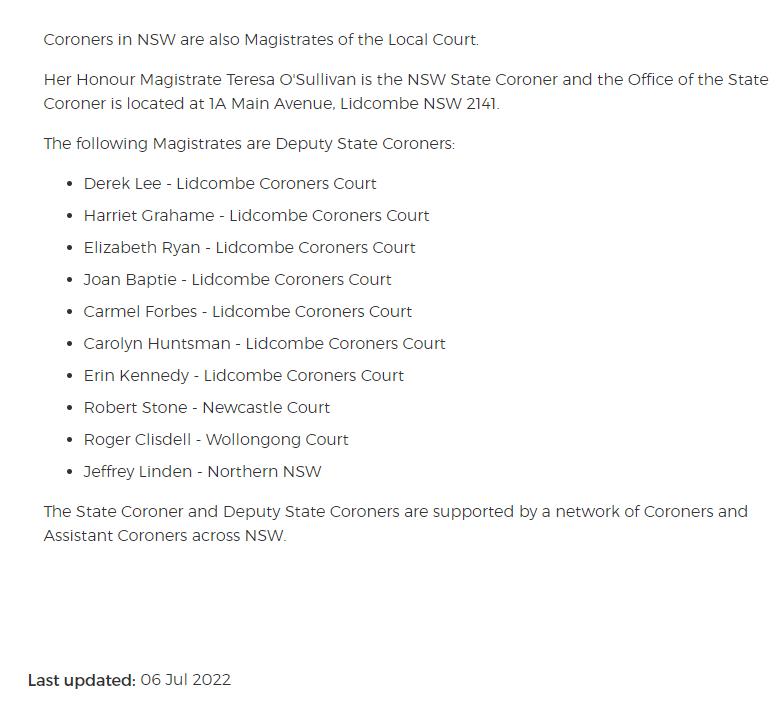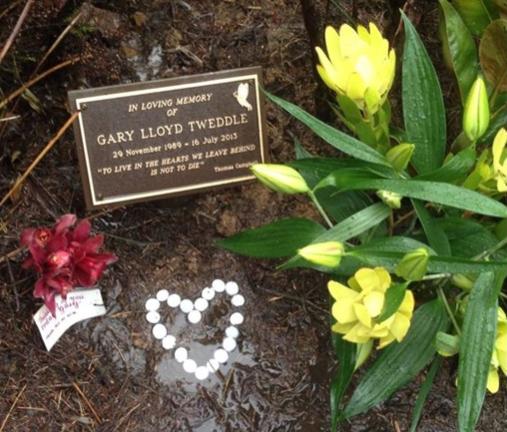On a very windy Sunday morning New Zealand rock climber Richard Mills (36) with his climbing buddy tackled one of more than a dozen cliff ‘walls’ off Sublime Point, Leura.
But a rock (about 30cm across) dislodged and fell on Mill’s head. His buddy quickly called emergency services and local Blue Mountains Police Rescue from Katoomba and NSW Ambulance Special Operations Team paramedics responded arriving above the scene at around 12:30pm that day.
Mills was injured on a ledge half way down the cliff wall area known to climbers as ‘Sweet Dreams’. The strong winds hampered the rescue efforts and tragically Mills went into cardiac arrest and died at the scene. His body was later recovered by the rescue crews.
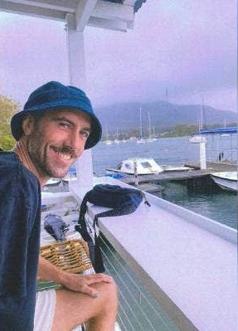
Richard’s another tragic young life lost outdoor recreating in the Blue Mountains, people!
Again, the media have reported this as “a freak accident” – like in the Blue Mountains it’s about once a month, every time one picks up a Blue Mountains Gazette newspaper.
And then the media report invariably concludes their piece with the cliché…”a report will be prepared for the coroner.” What relevance is that statement?
It is standard protocol for police to prepare a police report for the coroner about the circumstances surrounding any death; such as the cause of death, whether it was sudden, violent or unnatural such as an accident, or suicide. It’s like the media signing off by stating “police were in attendance” – how meaningful?
It seems in Mills’ case it is presumed to be an accident, but the coroner rarely undertakes an inquest or makes his/her finding public. What about one Q&A made public by the coroner – were Mills and his climbing buddy wearing an approved climbing helmet?
Some Pertinent Investigative Questions:
- Was this a climb or abseil by the two?
- Who led the climb?
- Had Mill’s attempted the climb previously or had prior knowledge, research done?
- What is the name of Mill’s climbing/abseiling buddy?
- Were there any other witnesses or participants in Mill’s group?
- Was there potentially any contributory negligence by either climber/abseiler?
- Where was the rock before it dislodged and hit Mills in the head and how was it suddenly dislodged?
- Was the rock dislodged by the rope handling between Mill’s and his climbing buddy?
- Was Mill’s climbing buddy vertically above Mills at the time when the rock hit Mills head?
- What witness statement was made by Mill’s climbing buddy about the circumstances of the rock hitting Mills?
- Did Mill’s climbing buddy actually witness the rock hit Mills?
- Was Mill’s or his climbing buddy wearing an approved climbing safety helmet at the time? If not, why not?
- What was the organisational event of the climb? Was it just a private climb by two climbing buddies?
- Had either of the two performed this exact climb route previously and if so how long ago?
- How did they find out about this climb route? Mills was from New Zealand
- Did the high winds on the day play a factor in the accident?
- Did the high winds on the day play a factor in the accident specifically that Mill’s buddy may have tried to shout to Mills below but his voice was perhaps drowned out by the noisy wind?
- Did the high winds on the day play a factor in the rescue delay for the paramedics to attend to Mills in time?
- Was there any assessment of the degree of risk of this particular climb route by the Parks Service as the legal cliff escarpment land manager?
- Where are the NSW Coroner’s findings?
- Importantly what real life lessons can been learned from this tragedy and incorporated into outdoor recreation training syllabus, protocols and industry best practice standards?
- Had the site received heavy rains recently?
Well, likely no-one will know to get the chance to learn from Richard’s tragic climbing death this month, because the NSW Coroner has no idea about rock climbing and no legal incentive to ask such pertinent questions, and there’s no legal motivation to hold an inquest or make her findings public.
It’s not like she doesn’t have helpers like Santa…
If the NSW state government can fund fancy new digs for the NSW Coroners Court from Glebe to Lidcombe from December 2018 costing taxpayers $91.5M, then it can change the laws to require coroners findings to be made public when death occurs on public land, such as in the Blue Mountains World Heritage Area.
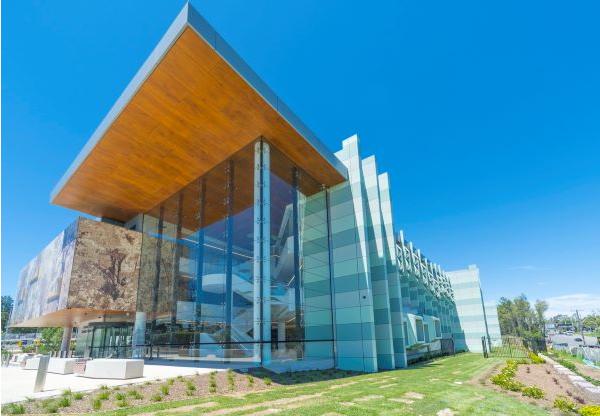
New NSW Coroners Court in Lidcombe from December 2018. $9.1 million splurged!
And Safework NSW has no interest or investigative role in this climbing death because presumable so money changed hands to do the climb. It was not a ‘workplace’ accident, compared with that of Parks Service subcontracted climber Dave Gliddon [died 29th November 2017] and TAFE climbing student Oliver Carrick [died 7th October 7, 2022]. Despite these two workplace deaths, we’re not holding our breath for any investigative findings by Safework NSW to be made public. For instance, it’s five years to the day since Dave Gliddon’s death and Safework NSW has not released its investigative findings, nor the NSW coroner. It’s like: “yeah, a big rock fell, so that’s it.”
It’s just like clubs who seem to get away with culpable manslaughter.
So once again, no lessons are to be learned from these recurring Outdoor Rec deaths in the Blue Mountains.
“A report will be prepared for the coroner” by the senior police involved, but when it reaches the NSW Coroner that’s where the matter gets buried in the Coroner’s Court file archive yet again. It’s yet another case of a dead man, grieving loved ones, and the facts withheld and filed out of the public eye an consciousness – to what benefit of future climbers?
Aren’t official investigative findings of deaths on public land in the public interest and so deserve to be made public, so that other members of the public and operators/clubs can proactively learn from the causes of death and errors made, so that similiar occurrences can hopefully happen less frequently?
Sadly, we anticipate the next Gazette reported death. But this is 2022, not 1922.
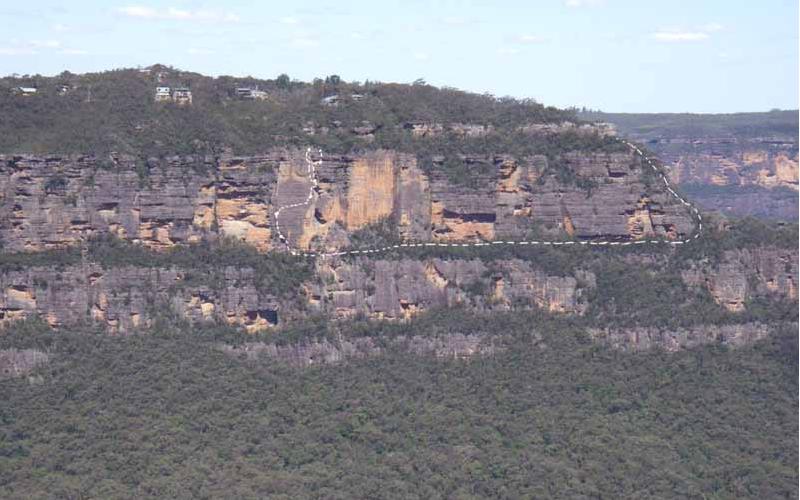
The ‘Sweet Dream’ Wall climb showing the bushbash access route around the western side of Sublime Point headland. [SOURCE]
This is the very same spot off the bush end of West Street on Sublime Point that visiting Oracle sales executive Gary Tweddle fell down the ‘Sweet Dreams‘ cliff-face in the early hours of Wednesday 17th July 2013 in pitch darkness. He was high and delirious on cocaine.
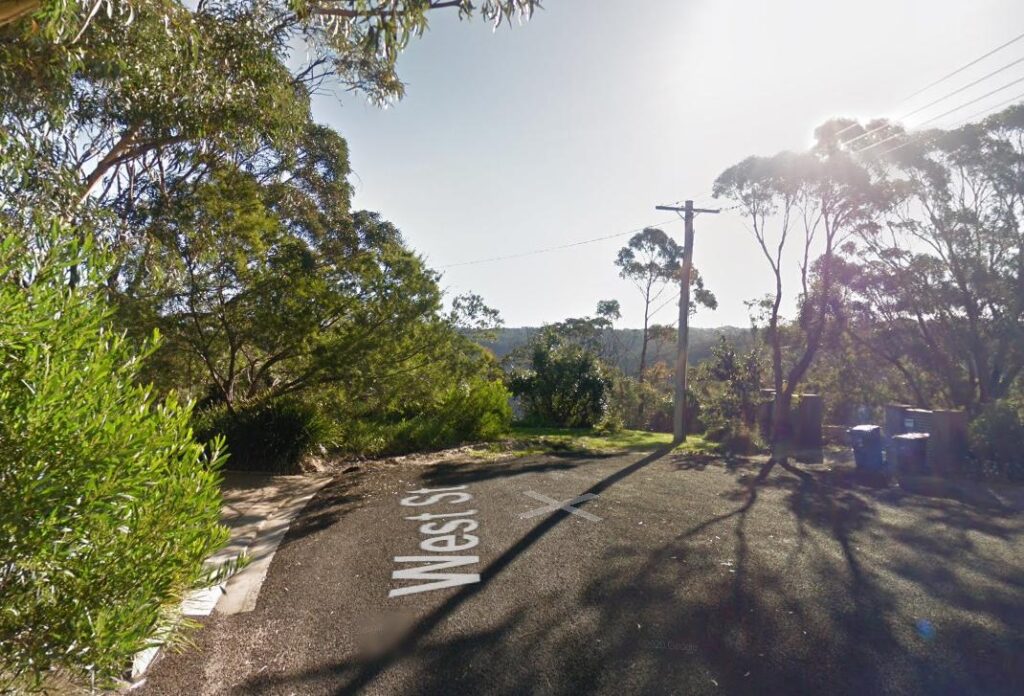
Gary Tweddle, who vanished in the Blue Mountains, called a colleague to say he was lost in the bush but could see a light. (The light was about 2km west from the end of West Street Leura along Cliff Drive Katoomba, except it was pitch black and a 300m odd deep and wild Jamison Valley was in between).
Months later on Monday 2nd September 2013 in the late afternoon, a team of NSW Ambulance Special Casualty Accident Team (SCAT) paramedics were on the final leg of a training flight off Sublime Point. The pilot spotted the body half way down the cliff-face slumped in a tree amongst scrub covered mid-point ledge.
This would have been very very near the ledge site that Richard Mills died.
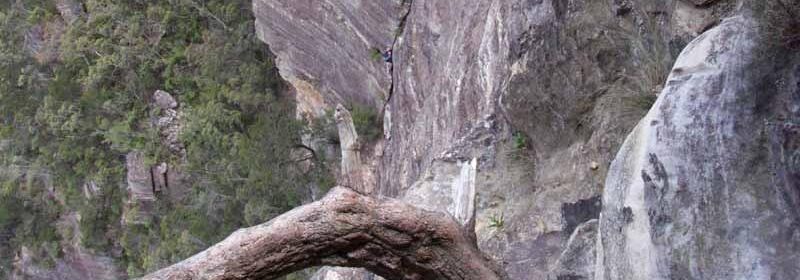
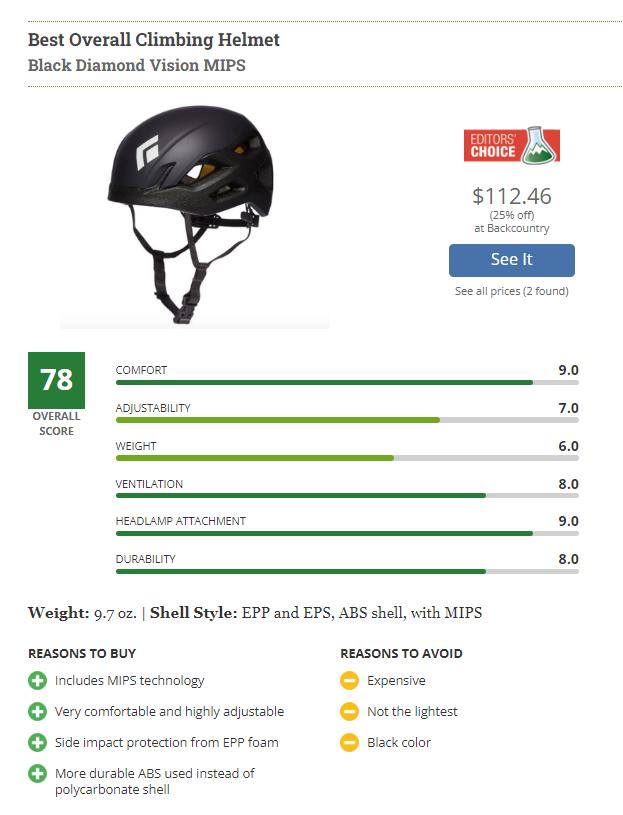 SOURCE: ^https://www.outdoorgearlab.com/topics/climbing/best-climbing-helmet
SOURCE: ^https://www.outdoorgearlab.com/topics/climbing/best-climbing-helmet



